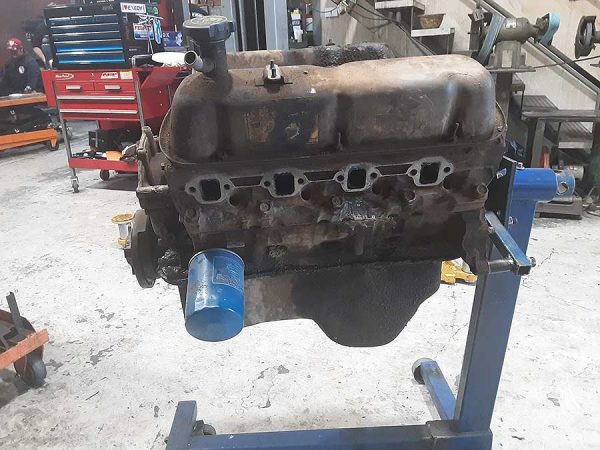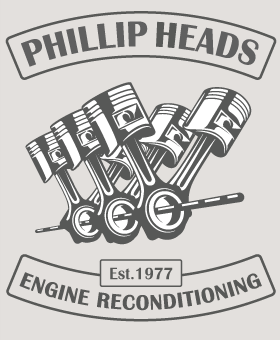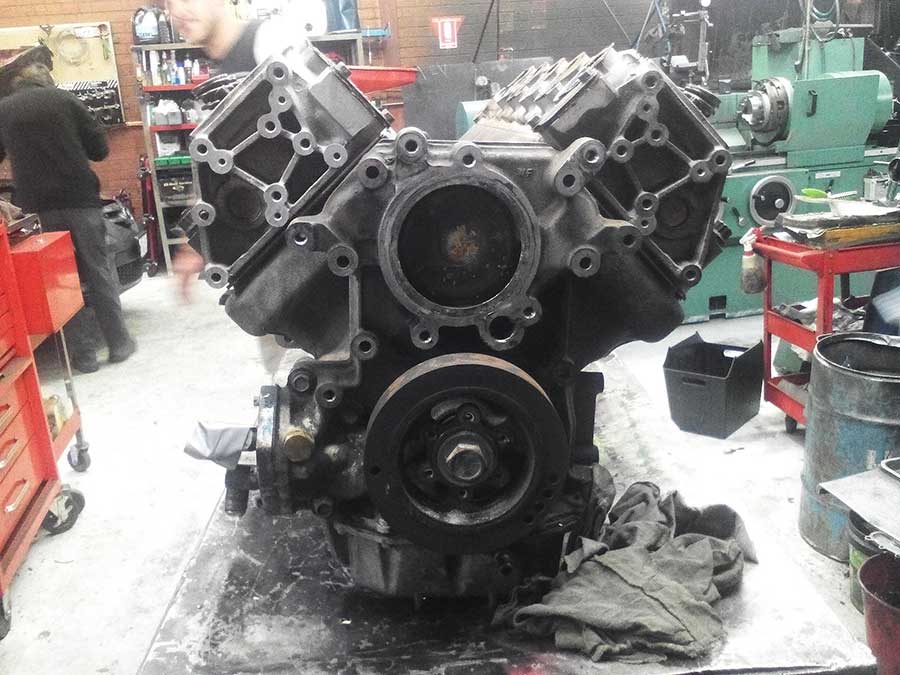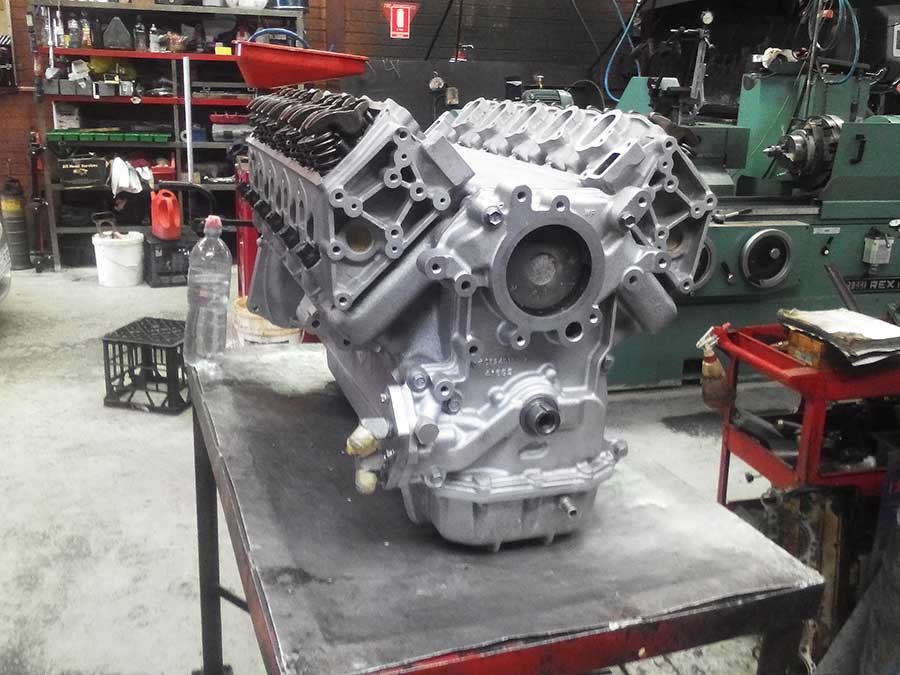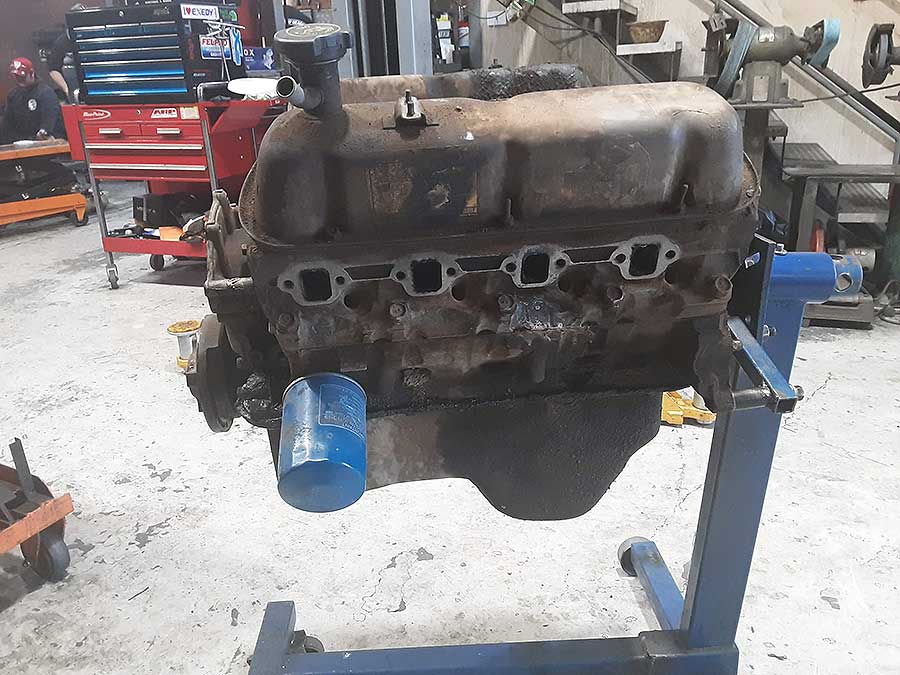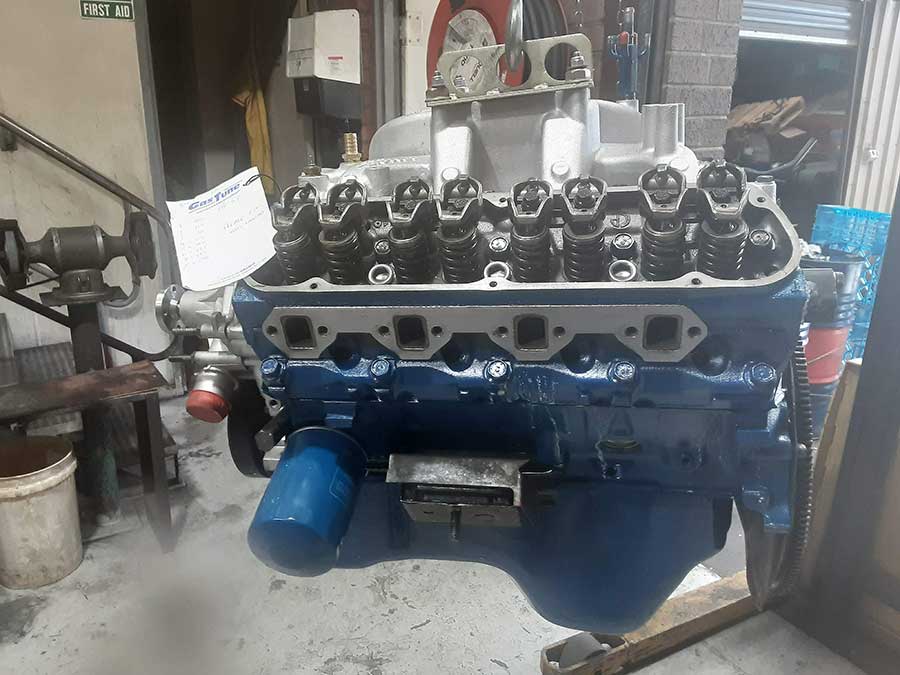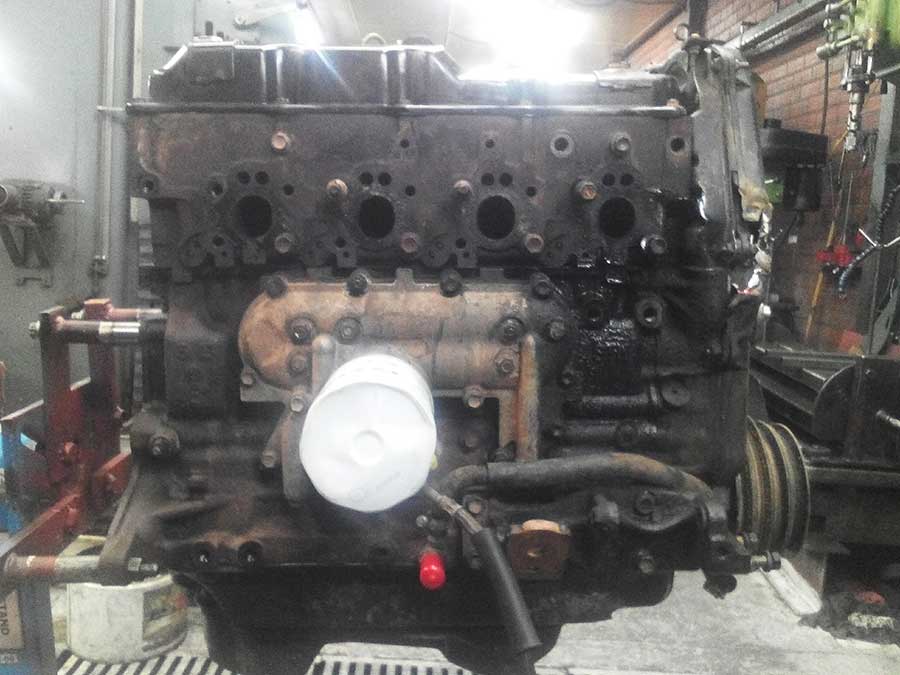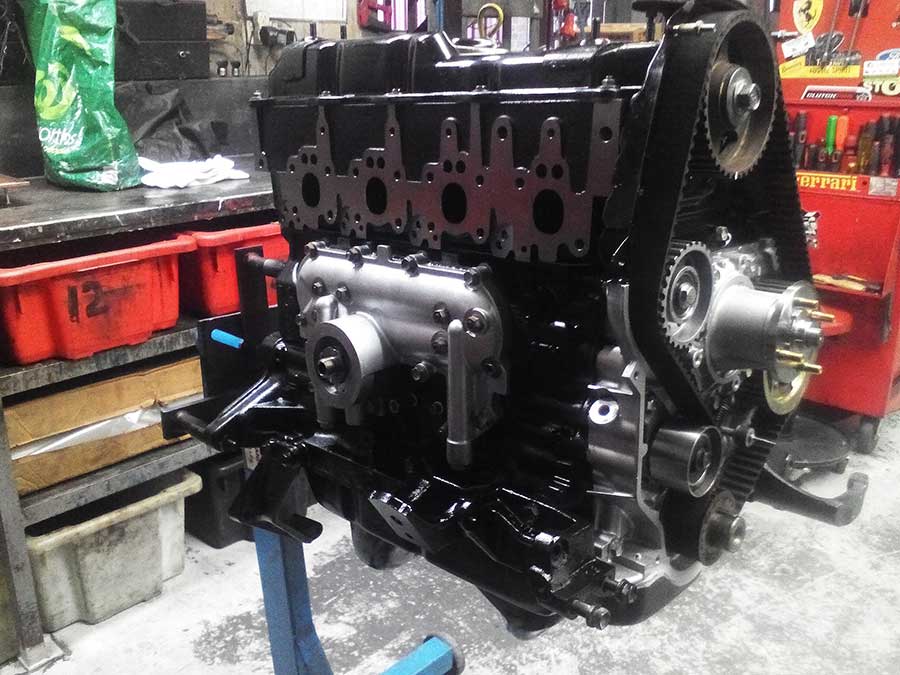Get the right advice from the experts.
With over 45 years of experience reconditioning engines and cylinder heads, you can be assured your job is completed to the highest standards.
Our knowledge and precision machinery mean you can be confident in the longevity of your reborn engine. Don’t risk your pride and joy with backyard boys.
We service all engine makes, including Ford, Holden, Mazda, Toyota, Nissan and many more. Engine parts supplied include heads, crankshafts, camshafts, conrods, blocks, sumps and covers. New engine parts are kept in stock or are usually available overnight.
Engine cylinder head surface grinding and flywheel machining can be done quickly. All servicing and repairs carry our service guarantee, and we offer a free detailed inspection and quote.
- Engine reconditioning
- Rebore & honing
- Torque plate honing
- Cylinder block decking
- Crankshaft grinding
- Engines balanced
- Pressure testing
- Crack testing
- Valve seat inserting
- Valve guide replacement
- Spring pressure setting
- Conrod resizing
- Small end resizing
- Alloy welding
- Chemical cleaning of parts
- Bead blasting
- Flywheel machining
Important: Due to high demand, there is an 8-12 week waiting list for engine rebuilds. So you must contact us to book your spot in the queue. Please note: engine rebuilds require a 50% deposit on drop off, with the remainder paid on pickup.
Cylinder Heads are the usual 1-2 week turnaround, relative to parts availability.
Engine Reconditioning
With over 45 years of experience reconditioning engines, you can be assured your engine is reconditioned to the highest standards. Our knowledge and precision machinery mean you can be confident in the longevity of your reborn engine. Don’t risk your pride and joy with backyard boys.
There are various reasons why an engine may require reconditioning. For example, an engine may have worn or damaged parts, which can lead to poor performance, high oil consumption, or even engine failure. In some cases, an engine may have been neglected, resulting in the build-up of dirt, grime, and sludge that can cause significant damage over time. In other cases, an engine may simply be in need of an upgrade, such as increased horsepower or torque.
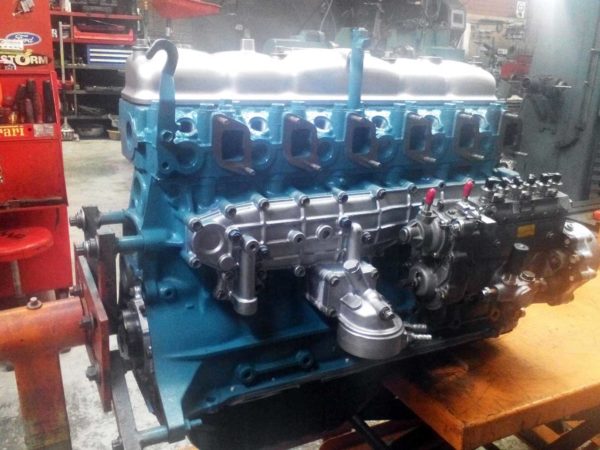
Cylinder Head Reconditioning
One of the most critical components in an engine rebuild or upgrade is the cylinder head. Camshafts, carburettors, and exhaust systems are easy ways to improve the air and fuel flow into and out of an engine. Whilst replacing or upgrading these components will enhance performance, it’s the cylinder head that will limit the amount of air that can flow into and out of the engine.
Attempts to increase power without considering the cylinder head usually don’t end well. Getting the cylinder head performing correctly with other components offers the most significant potential for increased power and efficiency and is particularly important with vintage or muscle cars.
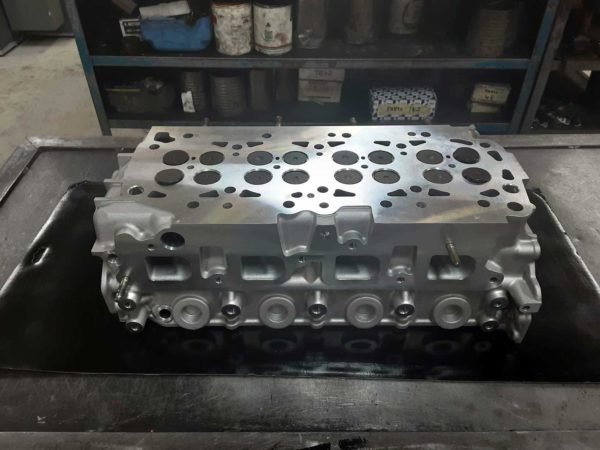
Torque Plate Honing
Torque plate honing involves attaching a special plate replicating the engine head’s forces when the engine is re-assembled. It is torqued down to the same specs and stud pattern as the head would be during the final assembly.
Torque plate honing allows for exact measurements when honing an engine. It is usually used on closed deck blocks and high-performance engines. Torque plate honing can also be beneficial on some open and semi-open decks.
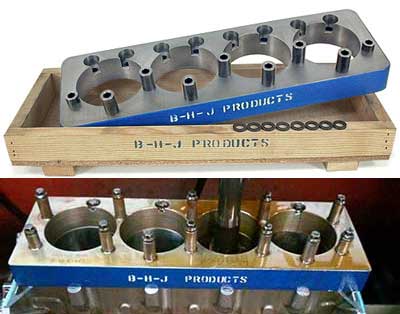
Flywheel Machining
Flywheels are an essential component of any manual vehicle. They help to store energy during the power stroke of an engine and release it during the compression stroke, providing a smooth and continuous power delivery. Flywheels have a friction surface for the clutch and teeth to engage with the starter motor.
Flywheels keep your engine running smoothly even when torque varies during gear changes. Without the flywheel’s momentum, the engine would likely stall when engaging the clutch. This is because the engine speed would drop too quickly without the flywheel’s angular momentum.
Flywheel machining should only be performed by a qualified machinist who has the necessary knowledge and experience to carry out the process correctly.
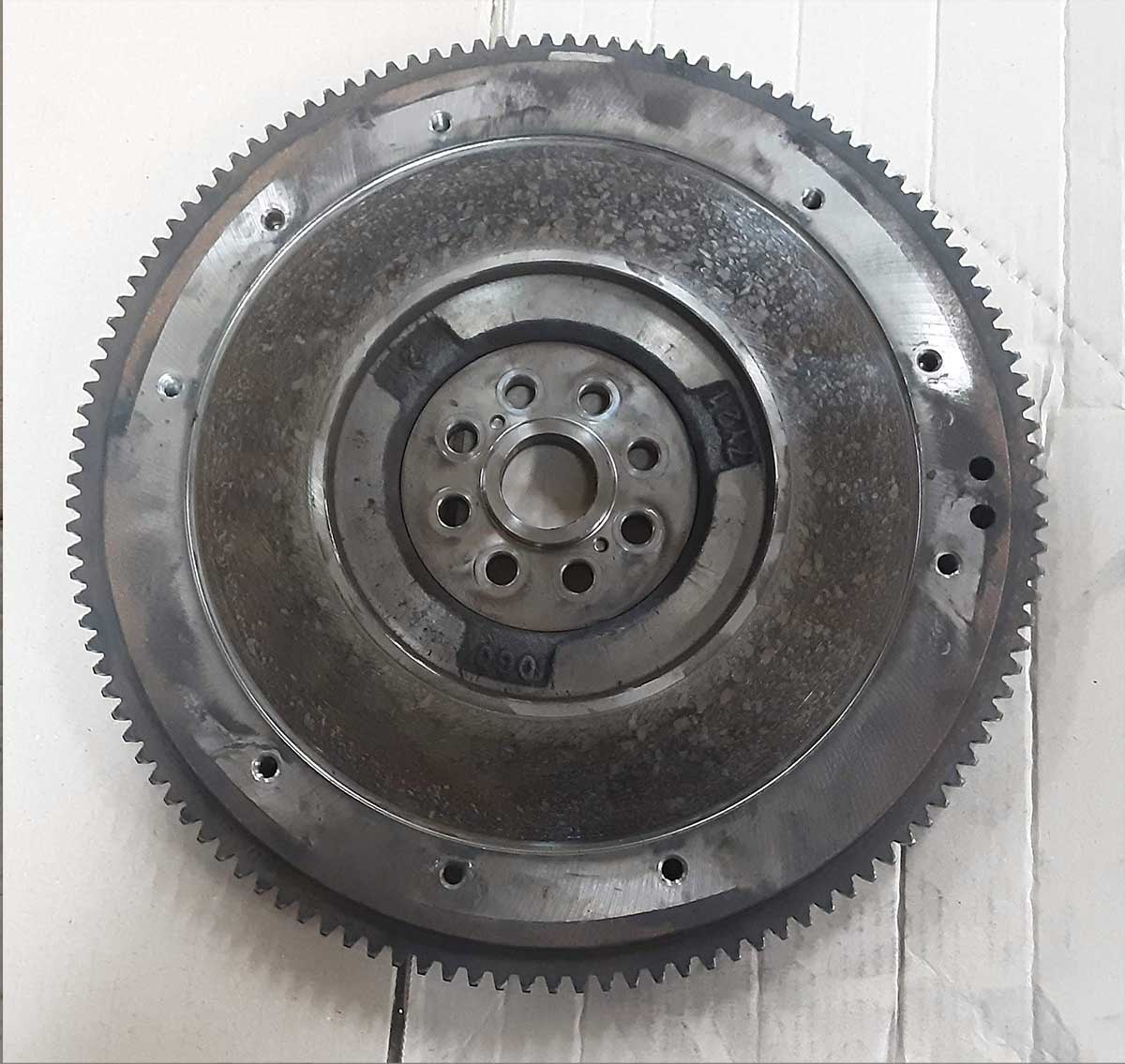
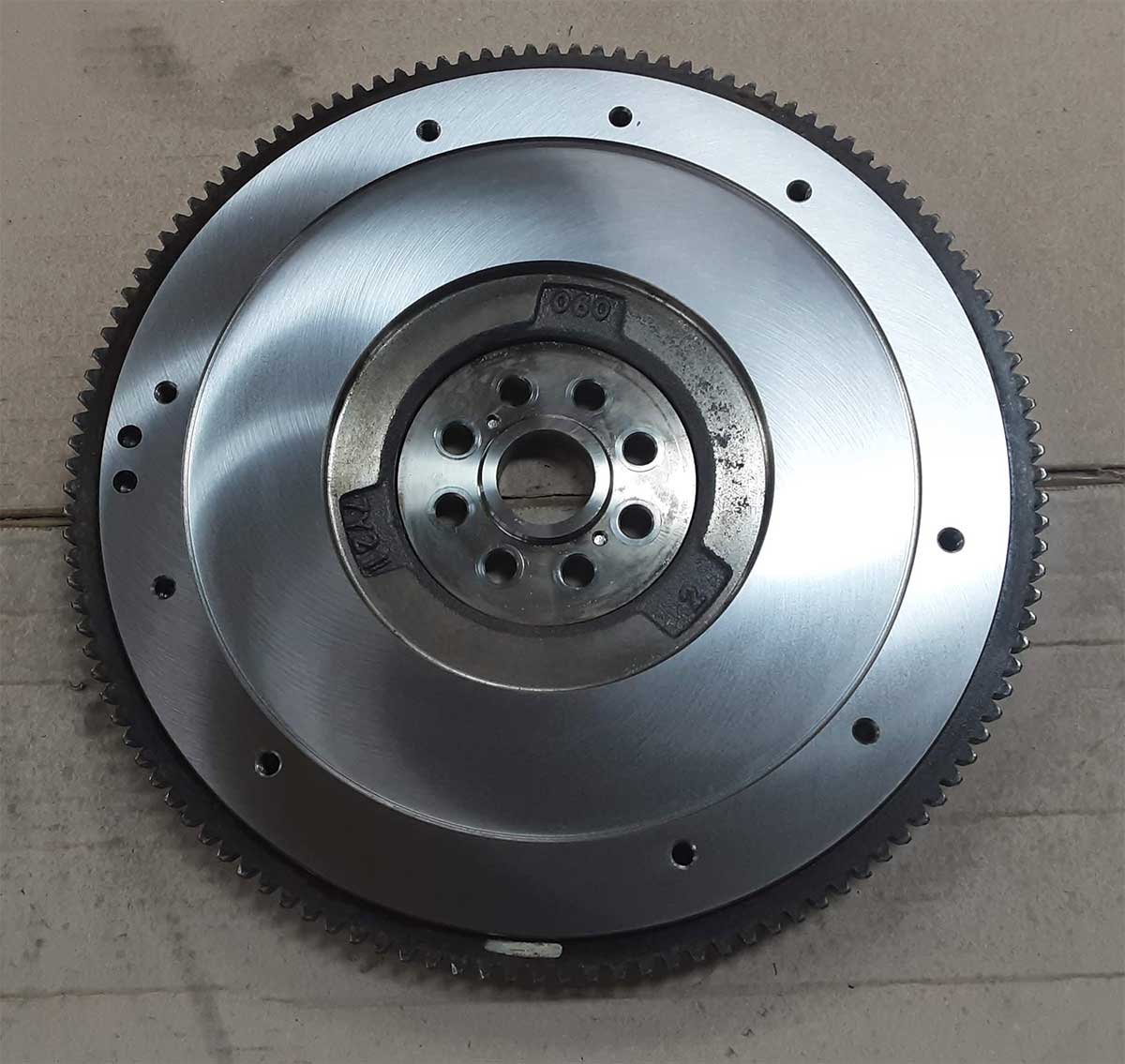
Engine Balancing
Engine balancing is an important process in the reconditioning of high-performance engines. Ensuring that all engine components work together efficiently and smoothly is essential. The primary purpose of engine balancing is to ensure that the crankshaft and other moving components are as evenly weighted as possible.
When an engine rotates, there are forces that act on the crankshaft and the connecting rods that can cause them to flex or vibrate. These forces are a result of the weight and speed of the components, as well as the forces generated by the combustion process. Engine balancing involves adding or removing weight from various components to achieve perfect symmetry and balance.
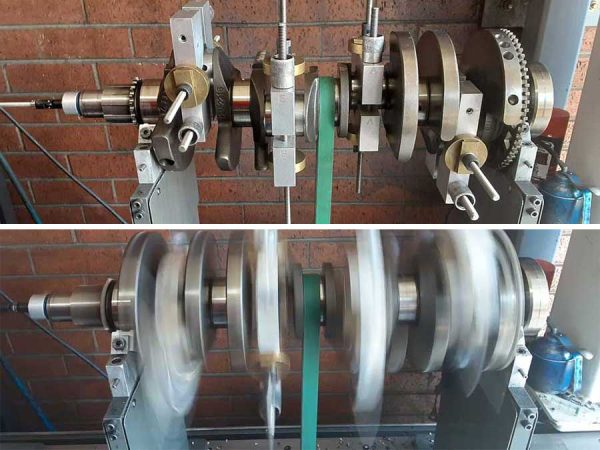
Pressure & Crack Testing
Engine crack testing identifies cracks or other defects in the engine block, cylinder head, or other engine components. This test is important because even small cracks or flaws can lead to engine failure or catastrophic damage.
Pressure testing an engine is a critical process that helps identify any leaks or malfunctions in the engine’s internal components. This process is essential when rebuilding or repairing an engine to ensure it functions properly before installation. A pressure test can help prevent costly repairs or engine failure, making it an essential step in engine maintenance.
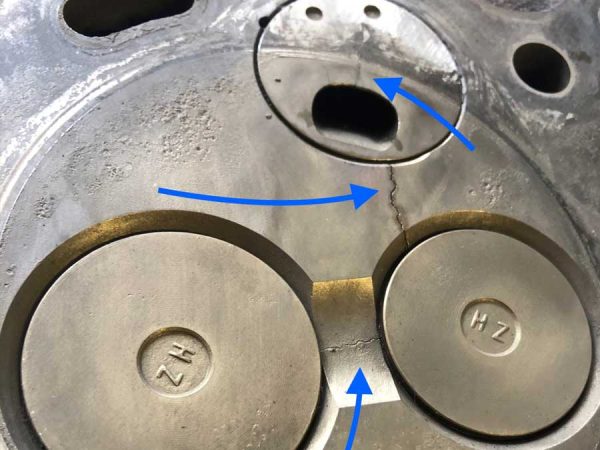
Chemical Cleaning & Bead Blasting
Chemical cleaning involves chemical solutions to dissolve and remove dirt, rust, and other contaminants from engine components. The chemicals are designed to be safe for engine components and can penetrate hard-to-reach areas to remove contaminants that other cleaning methods can’t remove.
Bead blasting, on the other hand, uses tiny beads or particles to blast away dirt and other contaminants from engine components. This process involves using compressed air to shoot the beads at the engine components, creating a sandblasting effect. Bead blasting is an effective way to remove harsh contaminants but is more abrasive than chemical cleaning.
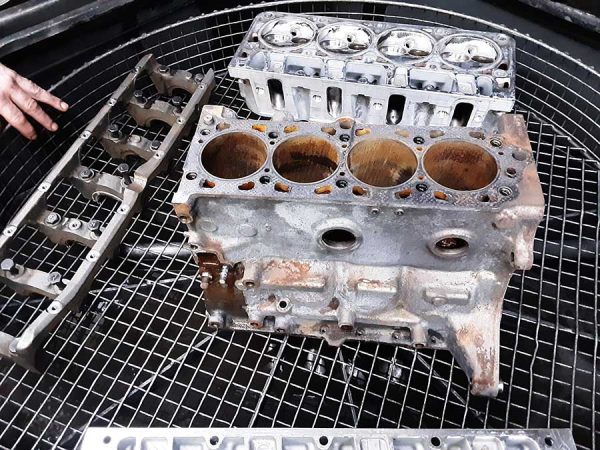
Alloy Welding
Alloy welding is a specialised technique that requires expertise and specialised equipment to perform correctly. It is important to have the work done by a professional welder or engine builder with experience in alloy welding to ensure the best possible results. A professional welder will know which alloys and techniques to use and how to apply them correctly to achieve the desired result.
Alloy welding requires expertise and specialised equipment to perform correctly. This process is used in the aerospace, automotive, and manufacturing industries to create strong and durable metal structures. Welders must know the different melting points and thermal expansion rates of the different metals to achieve a strong and durable weld.
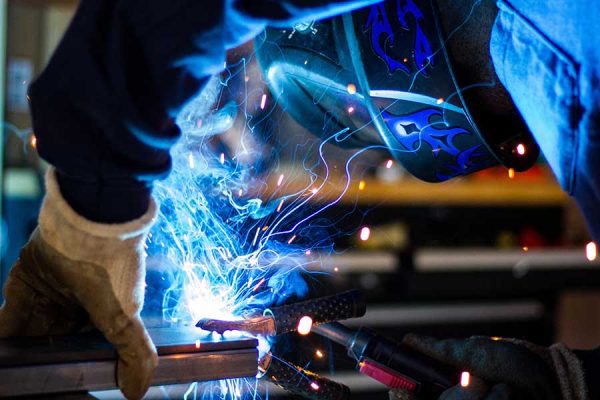
Diagnose & Repair Process
The first step in diagnosing engine and cylinder head problems is thoroughly inspecting the engine and its components. This includes checking for signs of wear and tear, leaks, and other issues affecting the engine’s performance.
Common symptoms of engine and cylinder head problems include engine misfires, loss of power, oil leaks, overheating, and unusual engine noises. These symptoms can indicate various issues, including worn piston rings, damaged valves, cracked cylinder heads, etc. A mechanic typically uses specialised tools and equipment to diagnose the problem. These tools can help identify the root cause of the problem and determine the best course of action for repair.
